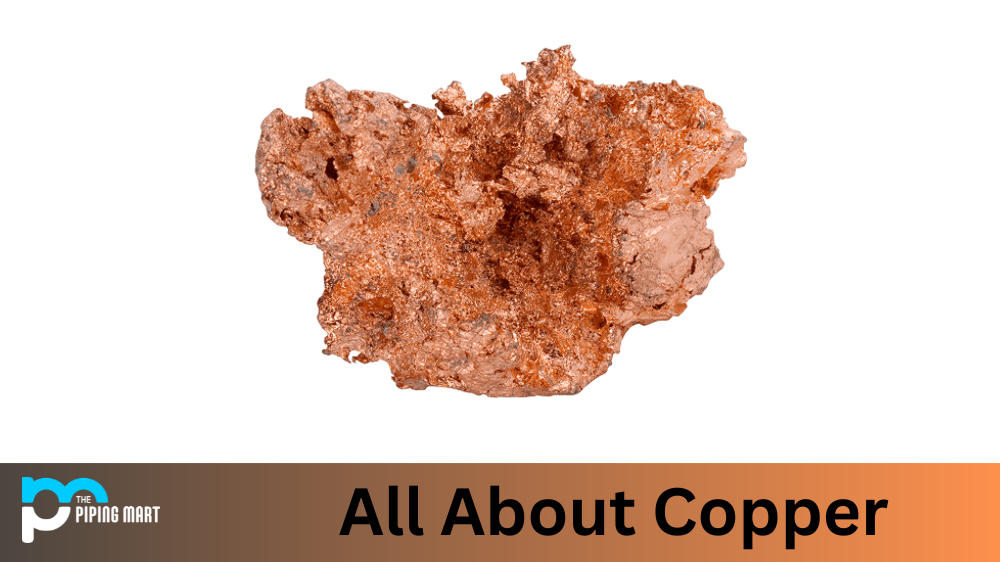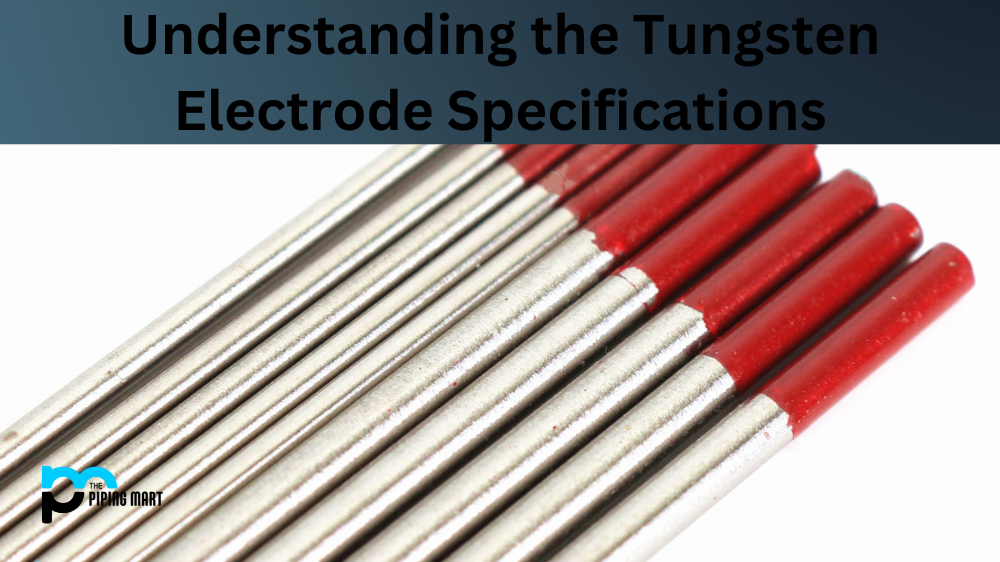If you’re a metalworker, you know that the materials you use can make all the difference in your finished product. Different materials have different properties, so it’s essential to choose wisely. Two popular metals—Kanthal and Inconel—are often used for their unique properties. Let’s take a look at how they compare.
What Is Kanthal?
Kanthal is a ferritic iron-chromium-aluminum alloy (FeCrAl alloy) designed for use at temperatures up to 1400°C (2550°F). It has excellent oxidation resistance, which means it does not easily corrode or oxidize in the air. It also has good strength and creeps resistance, making it ideal for applications such as heating elements in industrial furnaces. This material is also known for its low cost and availability in various shapes and sizes.
What Is Inconel?
Inconel is an austenitic nickel-chromium-based superalloy designed for high-temperature applications, up to 2000°F (1093°C). It has excellent oxidation and corrosion resistance, making it well-suited for high-temperature environments such as exhaust systems. It also has outstanding strength and creeps resistance at elevated temperatures, making it suitable for high-pressure components like valves, fittings, and fasteners. However, this material is more expensive than Kanthal due to its limited availability and higher cost of production.
Difference between Kanthal and Inconel
Composition
One of the primary differences between Kanthal and Inconel is their composition. As mentioned above, Kanthal contains iron, chromium, and aluminum, while Inconel contains nickel and chromium. This difference in composition gives each alloy different properties that make them suitable for other applications.
Melting Point
Another difference between Kanthal and Inconel is their melting point. Kanthal has a melting point of around 1425°C, while Inconel has a melting point of around 1350°C. This difference is due to the different metals that make up each alloy; aluminum has a higher melting point than a nickel.
Cost
Another factor to consider when choosing between Kanthal and Inconel is cost. Kanthal is typically less expensive than Inconel because it contains less chromium. However, Inconel may be more suitable for specific applications due to its higher chromium content, which gives it better oxidation resistance.
Which Alloy Should I Choose?
The decision of which alloy to choose depends on the specific application for which it will be used. For example, if oxidation resistance is essential, then Inconel would be the better choice. However, if cost is a significant consideration, then Kanthal would be the better choice.
Conclusion:
When considering what type of metal to use in your project, there are many factors, including the cost and availability of the material and its properties, such as strength, corrosion resistance, creep resistance, etc. Both Kanthal and Inconel are popular choices due to their unique properties; however, they each have different strengths that should be considered when choosing the suitable material for your application. Metalworkers should weigh these differences before deciding which material best suits their needs.




